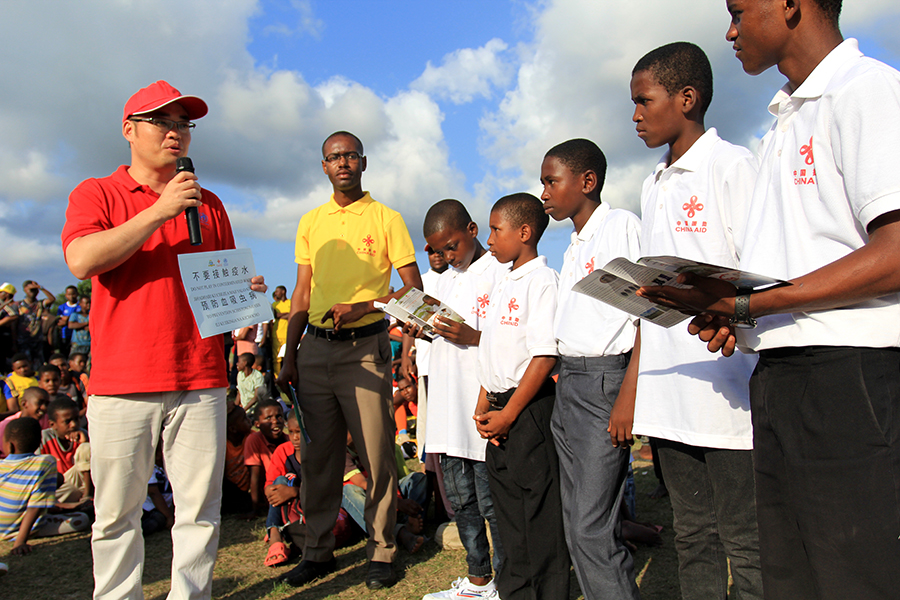Successful fight waged against waterborne killer


According to the Jiangsu Institute of Parasitic Diseases, since the 1950s, the province has had more than 2.53 million patients with schistosomiasis. Four of 10 counties nationwide with the most serious infections were in Jiangsu.
At the time, the disease wiped out the populations of several villages in Kunshan, a county in Suzhou. In 1955, during medical checkups for military conscription, 85.5 percent of the young men examined were found to be infected with schistosomiasis. In 1956, the county was exempted from military duty for seven consecutive years.
In Xinming village, Gaoyou county, Jiangsu, a total of 4,019 of the 5,257 residents were infected with the disease in 1950, with 1,335 dying in less than six months.
In the two decades from 1950, Rentun village in Shanghai was known as a "ghost village", as half the population had died from the disease. It claimed the members of 121 families and infected 97 percent of the 461 people who were previously healthy. No babies were born in the village for more than seven years.
In 1953, Shen Junru, the first president of the Supreme People's Court, wrote to Chairman Mao Zedong, informing him of the prevalence of schistosomiasis in provinces on the lower reaches of the Yangtze River. As a result, a systematic and effective national battle was launched against the disease.
A central prevention and control team, led by Ke Qingshi, the Shanghai Party secretary, was formed in 1955. Numerous teams were later established in counties, cities and provinces to treat patients and control the disease.
In Wuxi, Jiangsu, Li Wei, head of the general office of the Jiangsu Institute of Parasitic Diseases, said many medical workers have devoted their lives to preventing and controlling schistosomiasis.
































